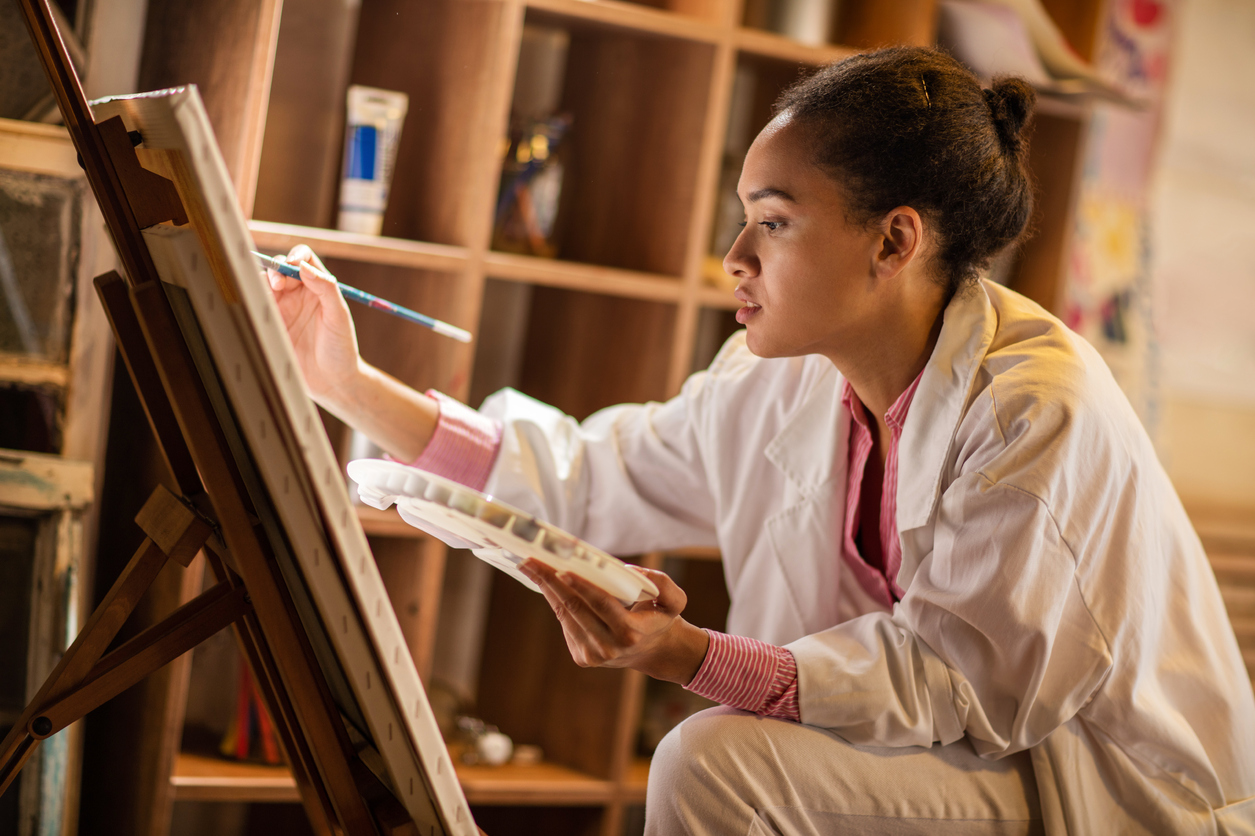Art has long been a means for artists to express ideas, often offensive ones. Great art demands attention and is best when it is controversial, examples of which there is no shortage of. Yet in Toronto’s chi-chi Leslieville neighbourhood, a recently planned art exhibit and its cancellation is a case study in the most corrosive idea artists now face — cultural appropriation.
A 29 year-old Toronto painter who is inspired by Canadian indigenous art, particularly art generated by the Woodland School , is the latest artist to face damning accusations of cultural appropriation. Referring to herself as Amanda PL, the young artist has produced many paintings that reflect her efforts to explore the Woodland School approach to painting, which is part of a specific spiritual indigenous perspective on the world.
But when it was learned that Amanda does not have aboriginal blood coursing through her veins, the artist and the gallery where her work was to be displayed faced criticism. Specifically, Amanda’s work was called offensive. Now typically, offensive art is a good thing. The raison d’etre of the artist’s life is to offend, to explore taboos and ideas that underpin the culture we are part of and that we shape. And there is no question that indigenous culture is part of Canada’s culture, its politics, its fabric — even the country’s Prime Minister Justin Trudeau sports a tattoo that is Haida inspired.
But in this instance the gallery that agreed to show Amanda’s art did the unthinkable and deemed art that is offensive off-limits, and cancelled Amanda’s showing. A spokesperson for the gallery said “Artists are free to create works of their choice. However, with freedom comes responsibility [and] not intending to offend is not enough when we believe that those who were offended had valid reasons for being offended.”
Such a decision, based on the premise that art that some deem offensive should not be seen, is a principle that cuts right through the very heart of free expression, which is at the core of the entire genre. If art cannot be offensive, can you really have art?
A couple of years ago The Atlantic delved into the issue of art and cultural appropriation and rightly pointed out that “In the 21st century, cultural appropriation—like globalization—isn’t just inevitable; it’s potentially positive. We have to stop guarding cultures and subcultures in efforts to preserve them. It’s naïve, paternalistic, and counterproductive. Plus, it’s just not how culture or creativity work. The exchange of ideas, styles, and traditions is one of the tenets and joys of a modern, multicultural society.”
So here we are in Toronto, one of the most multicultural cities on the planet, and we have artists such as Amanda PL who are inspired by works such as those of the Woodland School, who want to study it, understand it, and share her inspiration with others, but she is condemned for it. And why? Because Amanda lacks what is deemed by some to be the “authentic heritage” to do such paintings.
It is time, perhaps, for some in Toronto arts community to rediscover Isiah Berlin’s The Arts in Russia Under Stalin and why freedom of expression for artists is not something one limits because of an artist’s blood lines.
Pursuit.ca


